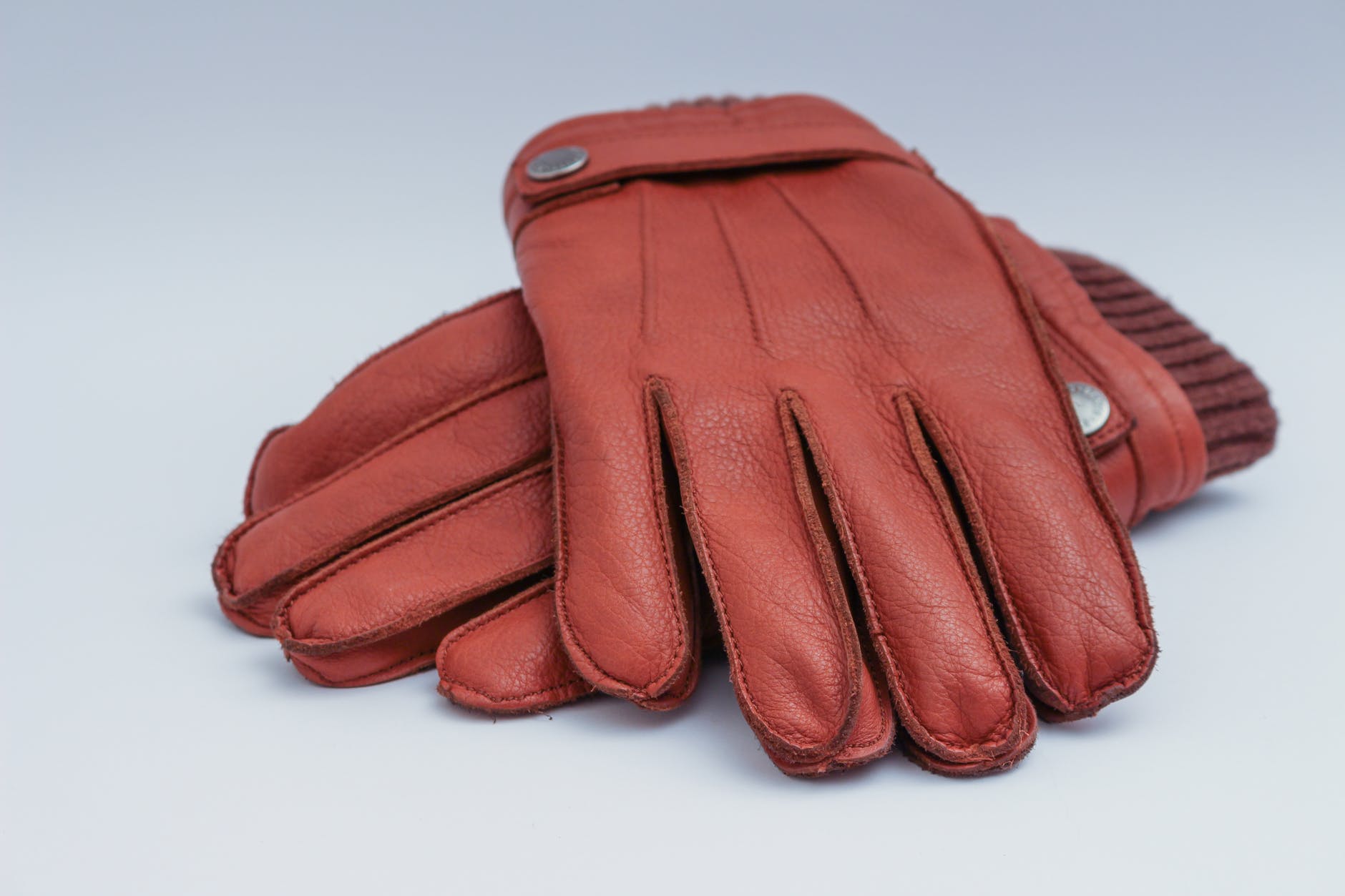Are you looking to purchase the perfect leather work gloves for your workers? Knowing the types and uses of the glove variants will help you choose the best one. This guide outlines some of the most useful tips for choosing the perfect work gloves, so keep reading.
Although the workplaces are getting more sophisticated with time, still every industrial domain is prone to risks. Workers working in an industrial environment may likely face severe health hazards due to a minor mistake. Therefore as an employer, it is your responsibility to ensure their safety and well-being while working in a hazardous environment.
You should provide leather hand gloves to everyone working in your industry, to protect their hands from injuries. But finding out the ideal work gloves amongst a wide variety of choices in leather gloves is not an easy task. Here in this guide, you will get to understand the differences between the features of the gloves. So without any further ado, let’s have a look at the following steps to choose the best leather work gloves for your workers.
Step #1: Choose the Type of Leather
Typically, the quality of the leather varies as it is a natural product made out of the tanned hides of several animals. Here are the most common types of leather used for commercial purposes:
- Cowhide – It is one of the most common and popular leather types used for work gloves. It is a very comfortable and long-lasting work glove with outstanding abrasion resistance. It usually comes at moderate prices and is much warmer or heat resilient than pig and goatskin.
- Goatskin – The natural lanolin in the goatskin makes the glove very soft, abrasion-resilient, and waterproof. It is one of the strongest and most durable leather materials that work wonderfully for activities involved in fine dexterity.
- Pigskin – Due to its porous texture, pigskin provides the greatest breathability. It can withstand moisture, prevent stiffness, and become softer with use. This leather material can be washed and cleaned easily without losing its shape or function.
- Deerskin – It is the warmest amongst all other leather materials. It is more flexible, softer, and comfortable that can be worn for a longer time than the cowhide.
Step #2: Choose a Pattern
The cut pattern in a leather glove determines its ability and comfortability. The different types of cut are:
- Gunn Cut – It comes as a single piece with a seamless back, having two middle fingers sewn separately. It is designed in a way to provide greater comfort while wearing it for a longer period. Not only this, but it also offers natural gripping action for handling tools.
- Clute Cut – It comes with a single-piece palm and a straight thumb, having no seam at the base of the fingers. These gloves are an economical option that provides a roomier fit than gloves that require more sewn seams.
Step #3: Choose a Thumb Design
Did you know that even a small detail like the thumb design can make a great difference in the comfortability and functionality that a glove can provide while worn for a longer period? There are mainly three types of thumb designs – straight, winged, and keystone thumbs.
- Straight Thumbs – These are the most economical but least effective hand gloves, designed for performing non-rigorous activities.
- Winged Thumbs – These gloves are often moderately priced that offer greater flexibility and efficiency.
- Keystone Thumbs – These are the most expensive gloves but are ideal for applications such as pulling wires or handling small pipes.
Step #4: Choose a Cuff Style
You should choose a cuff style based on the application it will be used for. Cuffs increase safety, adds warmth, and prevent abrasion from particles falling into the gloves. There are five common types of cuff styles – knit, shirred wrist, gauntlet, safety, and slip-on.
Step #5: Choose a Lining
Even though linings are used to add more warmth, they also make the gloves more comfortable for long-term wear. The three types of glove lining include wool & pile, cotton & jersey, and thermal.
Final Note
Please note, just like all other personal protective equipment, leather hand gloves also wear out over time and require replacement. So always keep your workers safe and protected with a pair of the best leather work gloves.



